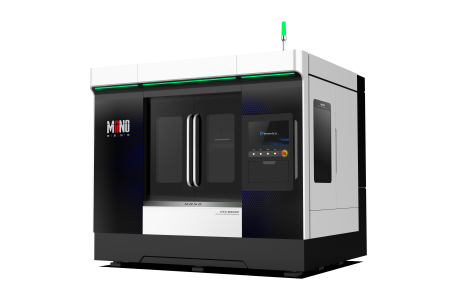In modern industry, molybdenum occupies an important position due to its extraordinary physical and chemical properties. However, the processing of molybdenum, especially the machining of microvias, is challenging.
Molybdenum is characterized by its high melting point, high hardness and high strength. Its high melting point means that extremely high energy levels are required to melt or vaporize the material during processing. Conventional machining methods, such as mechanical drilling, are often inadequate when it comes to molybdenum. Mechanical drilling relies on the rotational cutting force of the drill bit to remove the material, but molybdenum is extremely hard and wears out the drill bit quickly, which not only increases the cost of machining, but also leads to inefficient machining. Moreover, the cutting force generated by mechanical drilling can easily cause stress concentration in the molybdenum material, resulting in micro-cracks and other defects within the material, which seriously affects the quality and performance of molybdenum products.
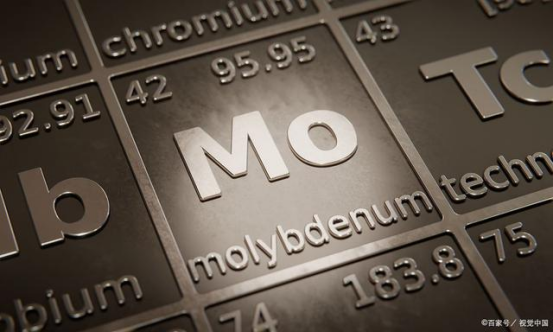
There are also many problems with conventional EDM when machining microvias. EDM utilizes the high temperature generated by the discharge to etch the material, but the good electrical conductivity of molybdenum makes it difficult to precisely control the discharge process. On the one hand, it is easy to discharge instability, resulting in micro-hole hole size accuracy is difficult to ensure; on the other hand, the heat generated by the discharge will form a large heat-affected zone on the surface of the molybdenum material, so that the organizational structure of the material changes, which in turn changes the physical properties of molybdenum, such as hardness reduction, corrosion resistance deterioration and so on.
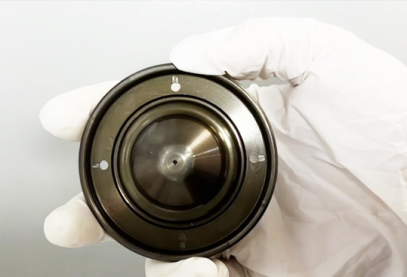
In the field of modern precision machining, femtosecond lasers have become the focus of many scientific and engineering applications due to their unique advantages. Femtosecond lasers are of great value when it comes to the machining of holes with a diameter of 50 μm in molybdenum with a wall thickness of 50 μm and no taper on the front and back.
Femtosecond laser processing is characterized by ultra-short pulses and extremely high peak power. The ultra-short pulse allows the energy to be applied to the material in a very short period of time, effectively avoiding the problem of heat-affected zone expansion caused by heat conduction. In such a short period of time, the laser energy can be highly concentrated on the molybdenum surface of a very small area, the material instantly absorbs a huge amount of energy directly from the solid state into a gaseous state to be removed, greatly reduces the heat conduction process, the heat-affected zone will be controlled in a very small range, almost negligible. This is crucial for heat-sensitive materials such as molybdenum, effectively avoiding problems such as material deformation, organization changes and microcracks caused by thermal effects.
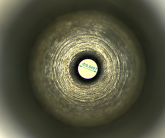
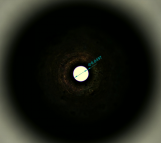
The extremely high peak power of the femtosecond laser allows the chemical bonds between the molybdenum atoms to be broken directly with a high level of energy, rather than relying on a thermal effect to remove the material, as is the case with conventional processing methods. This non-thermal fusion mechanism results in a more precise and cleaner process that produces microvias with extremely high surface quality, sharp edges and no recast layers. At the same time, through the precise regulation of laser parameters, such as pulse energy, pulse width, repetition frequency, etc., the femtosecond laser can be adapted to the processing needs of molybdenum materials of different thicknesses and shapes, to achieve precise control of the process, to ensure that the processing of micro-holes to meet the requirements of the aperture size and shape accuracy.
In addition to laser parameters, the stability and positioning accuracy of the processing system should not be overlooked. A stable optical system ensures that the laser energy loss during transmission is minimized and the positional accuracy of the laser focusing point is guaranteed. The advanced positioning system can realize the precise positioning of the molybdenum material, so that the laser can accurately act on the predetermined position. In terms of processing strategy, the use of spiral scanning or layered scanning methods can effectively reduce the accumulation of stress during processing, thereby reducing the possibility of micro-hole taper.
It is worth mentioning that Monochrome Technology has a strong performance in the field of femtosecond laser precision processing. Not only in the molybdenum processing has achieved remarkable results, but also broke the limitations of similar domestic equipment in the Z small processing resolution, and overcome the long plagued by the industry's large-format micro-nano optical processing precision problems. For the development of modern precision manufacturing technology has injected new vitality, but also for the molybdenum in the field of high-end manufacturing of a wide range of applications opened up a new road.
